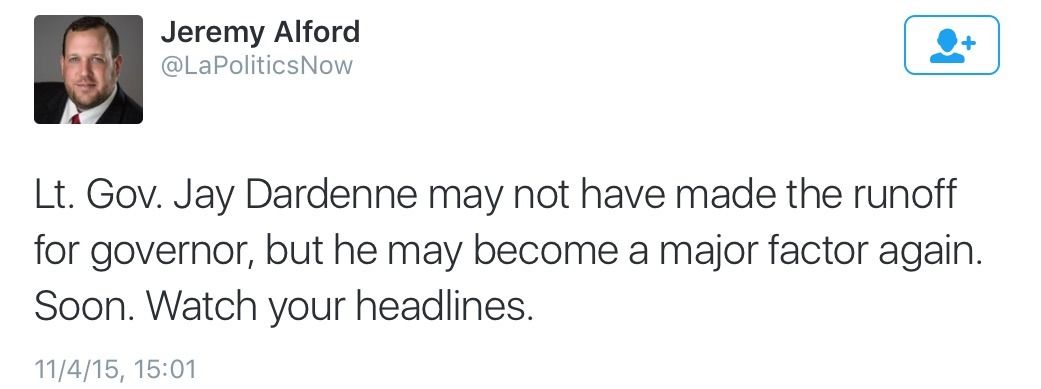But even in those solidly blue states, Republicans have made recent inroads, while Democrats struggle to compete outside the so-called Blue Wall, the 18 states that have voted Democratic in each of the last six elections.
Come January, Democrats will hold governorships in only three states President Obama lost in 2012: Missouri, Montana and West Virginia (Democrats have a strong chance to add a fourth, Louisiana, which elects a new governor later this month). Conversely, Republicans hold governor’s mansions in a dozen states — Nevada, New Mexico, Iowa, Wisconsin, Michigan, Ohio, Florida, New Jersey, and even reliably liberal Massachusetts, Maine, Maryland and Obama’s home state, Illinois. Just five Senate Democrats represent states Obama lost; eight Senate Republicans hail from states Obama won.
Democrats believe their growing coalition of women, minorities and younger voters can help them keep the White House in 2016, especially if former Secretary of State Hillary Clinton is their party’s nominee. They are heartened by the chaotic Republican presidential primary, in which the most vocal candidates seem determined to push Hispanic voters even farther out of the fold, as evidence that their coalition will hold in 2016.
But some worry the party is too focused on the presidential contest, to the exclusion of down-ballot races. They struggle to determine how to motivate their coalition — and, more importantly, grow it beyond its narrow confines — to vote in non-presidential years.




